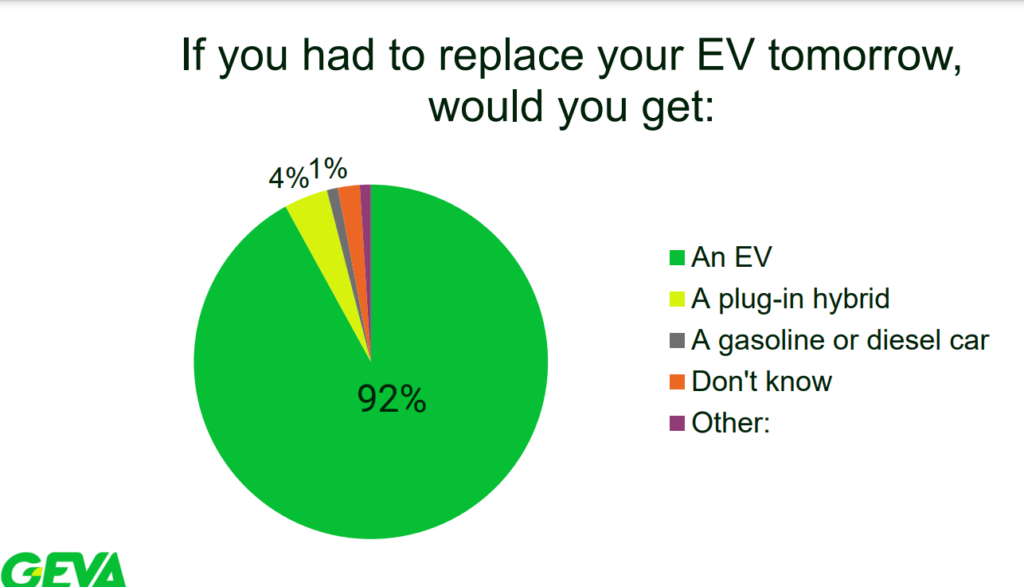Dodge Charger Won’t Get A Hemi V8 Without A Major Redesign
- The new Dodge Charger isn’t available with a V8 engine.
- Former Stellantis CEO Carlos Tavares is reportedly to blame for that.
- While he’s gone, it sounds like the V8 still won’t return to the Charger.
The Hemi is barely alive over at Stellantis and reports say that Carlos Tavares killed it. Whether or not that’s true, it’s clear that Dodge understands that buyers want a gas-only option. That is why the production of the gas-powered Charger is ahead of schedule. A new report says that even with all the various factors at work, the new Charger isn’t going to end up with a Hemi V8 anytime soon.
As a reminder, those who claim to be familiar with the matter say that now-former CEO Tavares axed the Hemi so that Dodge and Ram could be “greener.” However, he left the company earlier this month. Now, despite some less-than-spectacular reviews of the new Charger Daytona, at least one report indicates that it won’t get a V8.
More: Dodge Dealers Already Discounting New Charger Daytona EV Under MSRP
According to Jalopnik’s Andy Kalmowitz, engineers at Dodge say there are two main problems. First, the Hemi V8 won’t even fit under the hood of the new Charger. While I’m personally all for Dodge selling a Charger with a V8 literally sticking up out of the hood itself, that probably doesn’t meet safety standards.
Evidently, the engineers claim that shoehorning a V8 into the Charger would require moving the cradle and the firewall. That’s unlikely to happen simply based on the cost of re-engineering such pivotal parts. Dodge would have to run new crash tests too on top of everything.
In addition, the engineers claim that going back to the V8 would “fly in the face of what they were trying to accomplish with the car.” To be very clear, the goal was to build the next generation of muscle cars for the modern world. Did Dodge pull that off? The reviews are mixed and there’s still no indication of exactly how customers will adopt the car. In any case, a Stellantis spokesperson responded to the report with the following statement:
“Dodge is focused on launching the all-new, all-new electric Dodge Charger Daytona models, as well as the Dodge Charger SIXPACK ICE-option models coming next year. We have nothing additional to share in regard to potential future products.”
Granted, this neither confirms nor refutes the original report, although, given the engineering hurdles, it’s unlikely that the new Charger will be available with a V8 in the future. At least, for now, the Hemi lives on in cars like the Jeep Wrangler 392 and the Durango that we drove recently, as well as in heavy-duty Ram trucks. Nevertheless, if you insist on having it in a muscle car, there are still plenty V8 Chargers and Challengers sitting at dealers’ lots.























